Visual thinking

There has been a universal language of communication for more than 15 000 years. In the 21 st century, by means of the Internet, the language in question was able to take control of the whole world, even though it is imperceptible and often not used properly. In spite of the fact that marketing makes use of it, both sales and education treat it as a matter of secondary importance. It is all about pictures. These are used by Salesbook (a tool for sellers) to put forward arguments, explain complex processes and lure a customer with a given product. Salesbook allows the seller to talk with the client by means of pictures which, thanks to new technology, can be dynamic.
In the article we are going to show what ‘visual thinking’ is about. We need to remember that it has accompanied human beings since the very beginning of their existence, although it was as late as in the 19 th century that it became a universal language of communication overpowering our world.
How can we account for a complex idea in a fast and unambiguous way? We need to possess the ‘universal language’ – understandable for everyone regardless of their homeland, culture or education. Each area of our life has created such a universal language without which communication, and consequently development, would not be possible. A text is not universal, because it is dependent on the language, and – as a result – the cultural background of its users. If we take a look at a simple sentence: I’m sad – Jestem smutny – Ich bin traurig – Jeg er trist, we can see that it is understandable only for those who can speak a given language. Truly universal languages have been coined by various industries. Let’s give a few examples: a technical drawing is the universal language of engineering, because it is understood by every engineer in the world; in turn, maths has developed an abstract language comprehended by every mathematician. Similarly, notes on a stave can be read by all musicians. Naturally, all these ‘languages’ may be said to be universal only among a given group of people; we need to belong to such a group if we want to communicate with its members and experience some emotions. The level of these emotions will be dependent on the level of the ‘member of the group’. An educated musician is able to discern beauty in musical notation, because it will trigger his emotions, whereas for an engineer it will only be an aesthetic notation of graphic symbols on the stave.
Is there a universal method of communication, conveying information and triggering emotions? We believe that there is!
We are talking about a picture with all its attributes, such as, e.g. colour. The picture and visual thinking, beginning with the first wall paintings found in France and dated back to 15 000 BC (Lascaux, Aquitania), through paintings of ancient Egypt dated back to 4000 BC, or Michelangelo’s works from around 1500 can be perfectly understood and they all elicit emotions. Even though it is often a few thousand years that separate us from these works, we can immediately comprehend what kind of message their authors were trying to convey..

Source: http://archeologie.culture.fr/lascaux/en/mediatheque
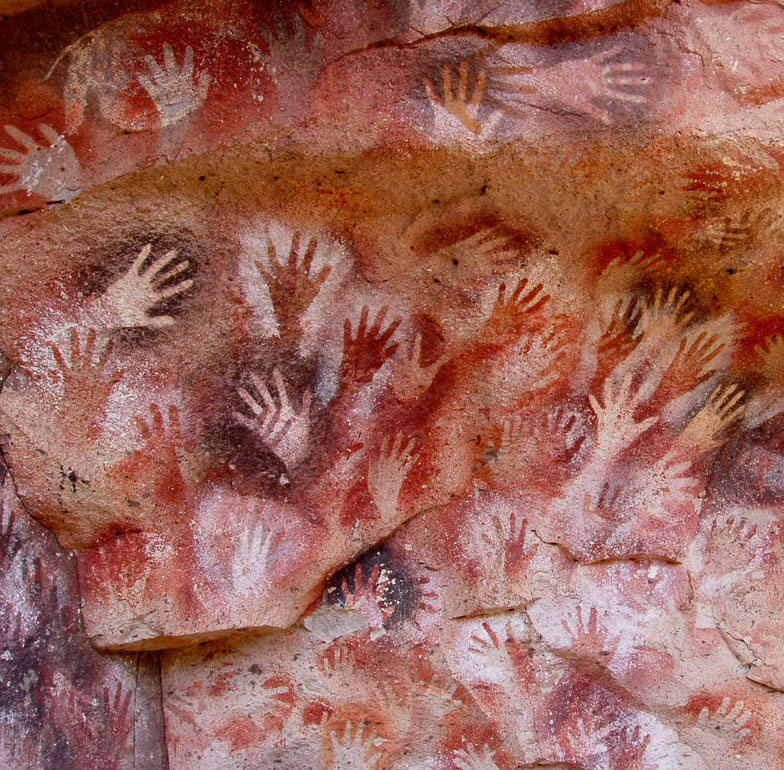
Source: https://en.wikipedia.org/wiki/Cave_painting
The history of culture is the history of the illustration and conveying information by means of pictures, which is called by Prof. Arnheim ‘visual thinking’.
W Salesbook uses a visual message and simplifies complex notions by showing pictures and simple models. Let’s discuss Christoph Niemann’s idea presented in the documentary Abstract: if we take a human heart and show it just as it is anatomically, then our message will not be fully comprehended. If we try to simplify it to a red pixel on a monitor’s screen, then even though we have simplified it, it will still not be understandable. Somewhere between the pixel and the organ, there is the symbol understandable for everyone in the world – the picture of a heart representing love and feelings.
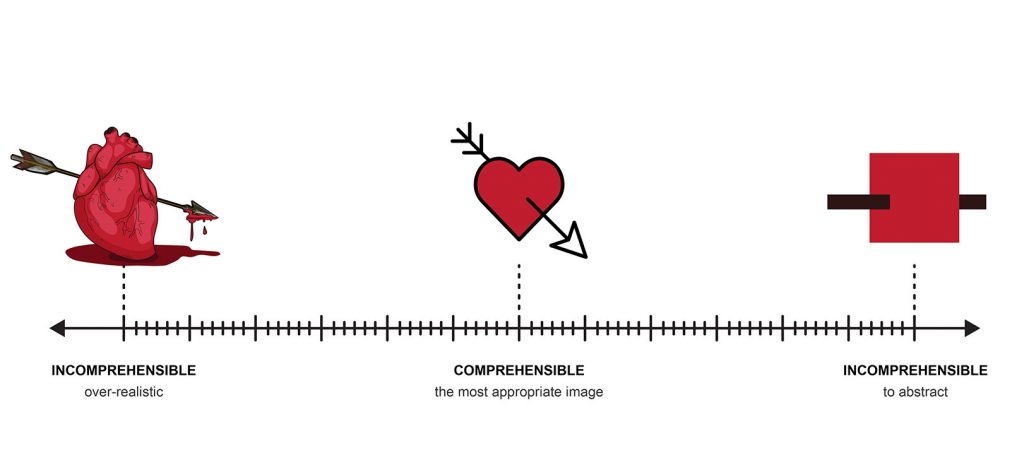
Source: https://www.youtube.com/watch?v=O9OILzxpIE0
Visual thinking.
By and large, the work of a seller has not changed over the decades, as we always sell by means of words (we need to explain and justify). If he lacks the words, he just takes a piece of paper to draw a simple picture. At the end of the meeting, he leaves brochures which – in turn – are limited by their material form. Such brochures need to be exploited to the maximum, so they contain a lot of information and, therefore, they are boring and difficult to understand. What’s more, they are unintelligible, because the information included in them is enigmatic or too laconic. To be honest, there are few people who take brochures and even fewer who analyse them.
Using words and texts makes both perception and visual emotions disappear. If the customer doesn’t understand the message, the seller’s work is ineffective.
It is at kindergarten age that children learn to perceive shapes, manipulate them or create their own forms on a sheet of paper or in plasticine; this is the moment when they begin to think by PERCEPTION. Unfortunately, in the further process of education, when new abstract notions are introduced, the main emphasis is put on learning new words and figures. However, the world we are living in is by no means based on words or numbers. In fact, it is based on pictures and images.
Both the Internet and mass media (Pinterest, Instagram, YouTube, Facebook) hinge on the use of pictures to convey our emotions, that is why they have been so successful among their users. All the above- mentioned web portals convey messages in a visual way, where the text is treated as something additional or it doesn’t exist at all. In the 21 st century no social media has achieved success thanks to text alone. If we are dealing with text, then it is usually a very short sentence, an abbreviation or an acronym, for example IDC instead of I don’t care, 2moro instead of tomorrow or asap instead of as soon as possible. Examples of this could be given ad infinitum. The only extremely popular medium that relies only on text is Twitter, which at the very beginning of its existence limited the number of characters to 140. Eventually, it turned out that this was not enough to convey the message, therefore the limit was increased to 280 characters. Instead, it is worth taking a fresh look at visual thinking and visual perception, which have shaped us for centuries.
Human societies have been shaped by works of art and nature, because these are the places where we can fully make use of our senses. Human beings have been creating pictures since the dawn of time; this is how we have shown our emotions. It all began with the first traces of human hands on cave walls, later there were paintings based on the linear perspective in the Renaissance or abstract paintings in the baroque. Regardless of time and place, people have always displayed emotions by imitating the real world, this is how they ‘sell’ us their vision of the world.

Source: https://pl.wikipedia.org/wiki/Wr%C4%99czenie_kluczy_%C5%9Bw._Piotrowi
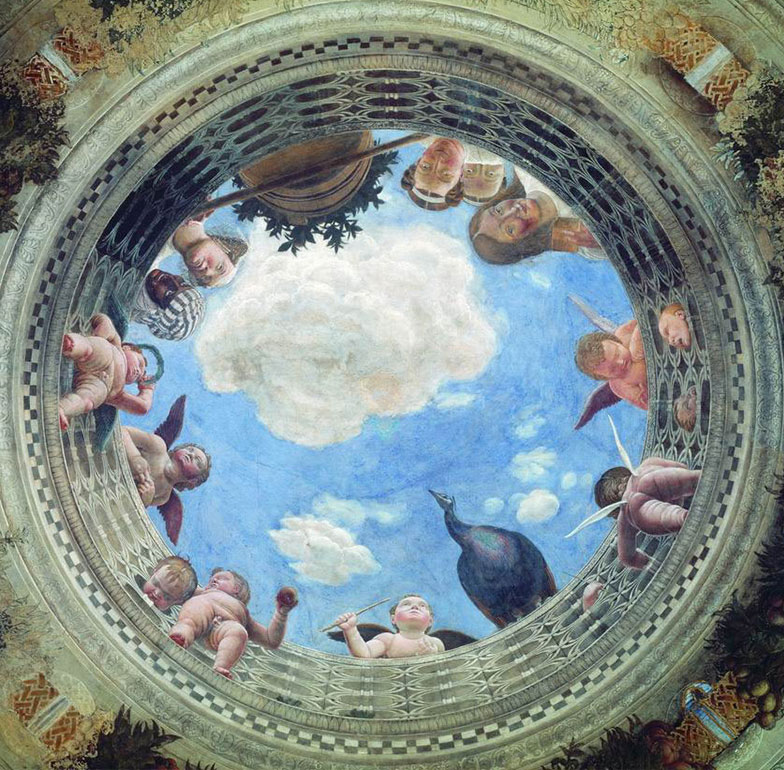
Source: https://pl.wikipedia.org/wiki/Andrea_Mantegna
Visual thinking allows us to find both the form and content in a given work of art. We search for the shape and make it more contemporary, just as in the picture below. What we can see suggests something and adds the answer, because we see what we know: Do we see a mobile phone on this fresco from 1937?
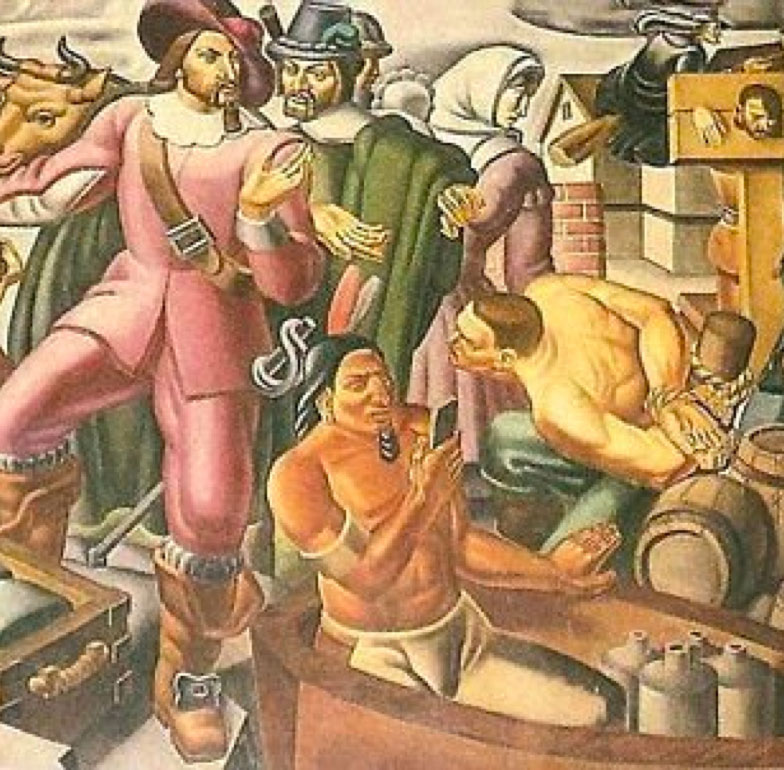

Umberto Romano, Mr. Pynchon and the Settling of Springfield.
Źródło: https://www.dailymail.co.uk/sciencetech/article-4823378/Is-1930s-painting-proof-time-travel.html?ito=social-facebook%20TEMATY%20I%20TAGI
Is it possible to think without visualising?
Do we think by means of words
or images? Both thinking and buying need ‘mental images’ (we visualize
ourselves in different situations, e.g. we are buying something
or eating something delicious)! The whole world uses images
and we all express ourselves by means of them. As the well- known
proverb says: A picture is worth a thousand words – and that’s what sellers claim!.
Currently, pictures are supplanting the written word. Pictures
are conquering and gaining control over public spaces; they
are replacing words.
People don’t want descriptions, figures or technical data, they want to see what they are buying. They need pictures which reflect their desires.
Visual perception is a natural method of obtaining information about reality. It allows us to move around in space, in both the real and virtual worlds (I can see traffic lights or zebra crossings). Since the invention of photography, the picture has dominated the press and our everyday life. At first, it was only a static form of information, but soon it started to function as a separate message, namely a photo essay or a picture story. The era of television and cinema has brought us motion pictures, something alive. The era of Internet has only improved the exchange of images and pictures.
Right now, the picture is the master of every mobile device.
However, we need to remember that text is also perceived as a picture,. for example El Lissitzky and Alexander Rodchenko’s posters.
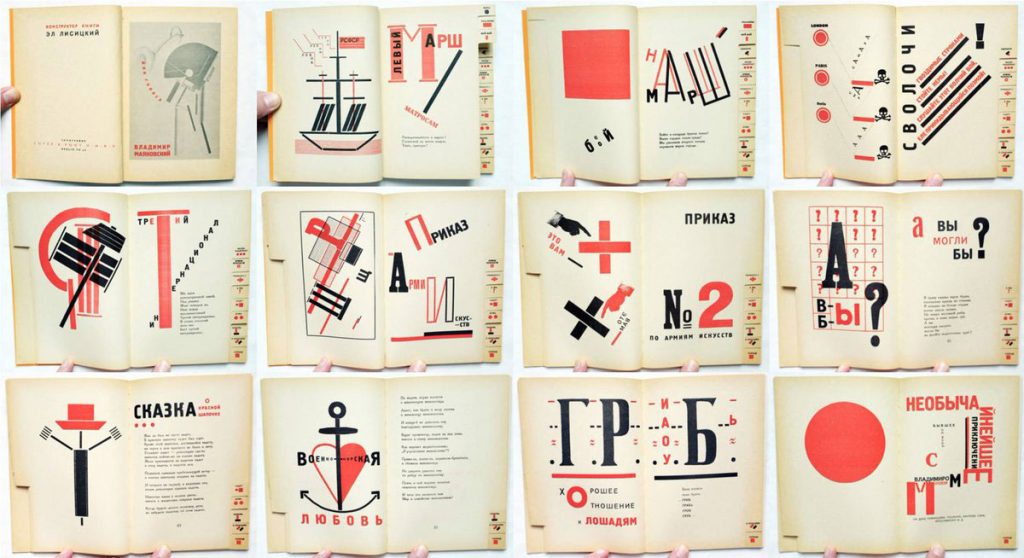
Source: https://twitter.com/chladek/status/577167446441852930
Our image is a message used in social mediach. There’s nothing new, in a way! When Louis XIV of France, known as the ‘Sun King’, wanted to get married with Marie Antoinette, he exchanged portraits with her. Digital technology and the Internet have led to a public exchange of information on a mass scale. Mobile devices force us to use simplified language. MMemes are notions of cultural evolution, whereas smiley faces are the language which allows us to express our emotions in a fast way. Visual and info graphic messages can be as precise as text itself.
We need to be aware that pictures and images can be the subject of in-depth analysis.
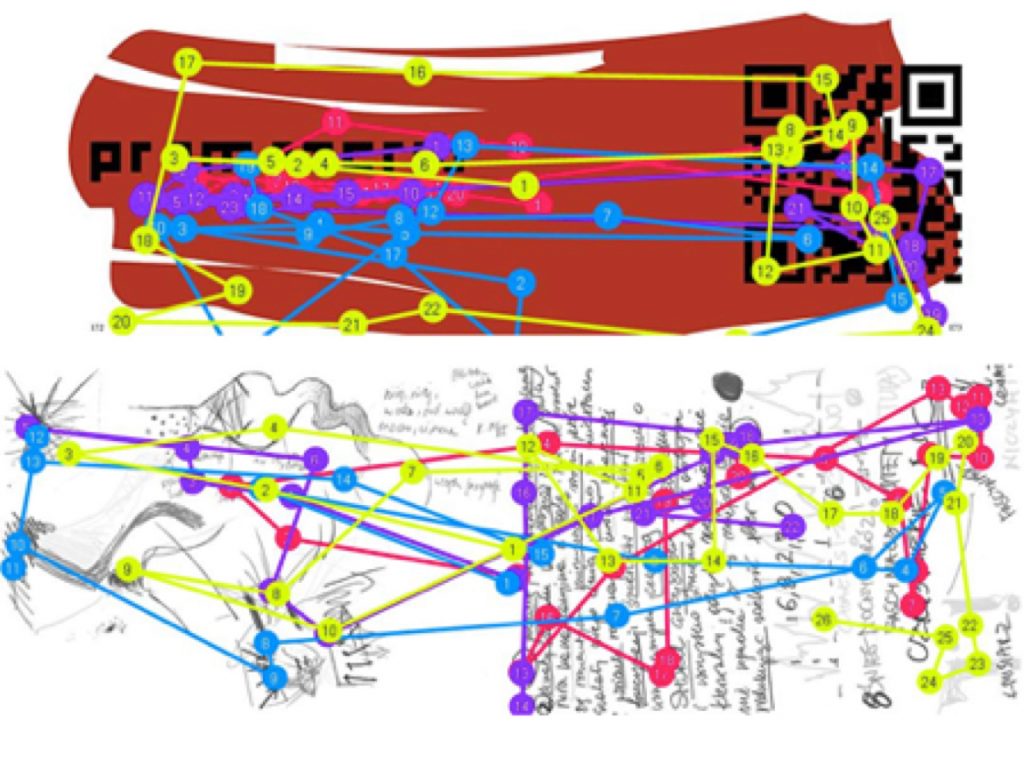
In research on the image we make use of, among others, eye-tracking technology. It seems to be interesting that there are no two people who would look at a given picture in the same way. The percentage of the surface that gets to the eyes of the beholders and the amount of decoded information are different in both cases.
That is the reason why the picture is the universal language of communication and the perfect tool for sellers. What you see is what you desire!

Source: https://www.dior.com
Bibliography:
Rudolf Arnheim – „Myślenie wzrokowe” Wydawnictwo Słowo obraz terytoria , Gdańsk 2011r.
Joseph Cambell – „Mityczny obraz” Wydawnictwo KR Warszawa 2004,
Władysław Strzemiński – „Teoria widzenia” Muzeum Sztuki w Łodzi 2016 r.
https://www.lascaux.fr/en
https://www.britannica.com/art/Egyptian-art
Table of Contents








